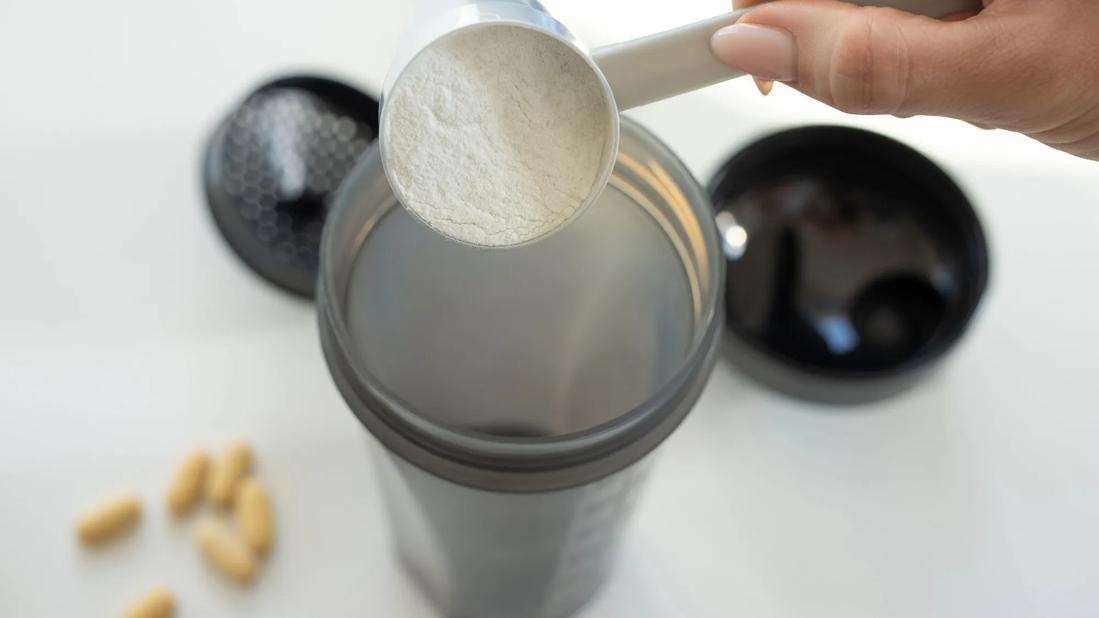Grasping creatine loading
Creatine loading resembles giving your muscles an advantage in a competition. It’s a method where you consume a larger amount of creatine over a brief period, usually 5-7 days, followed by a maintenance dose. What’s the aim? To fill your muscles with creatine more quickly, allowing you to start enjoying the benefits sooner – such as enhanced strength, power, and stamina. Picture it as filling your vehicle’s tank to the brim so you won’t need to refuel every few miles.
During the loading stage, the majority of individuals take around 20 grams of creatine daily, divided into 4-5 doses. Subsequently, you reduce to a maintenance intake of 3-5 grams per day. It’s quite simple, but consistency is crucial to keep your muscles supplied.
If you’re curious about skipping the loading phase altogether, the answer is yes, you can. However, it will take a longer time to see results. Without loading, you will eventually reach your goals – it just might take several weeks instead of days. Thus, if you’re eager to observe quicker gains, the loading phase is beneficial.
Remember, creatine isn’t a miraculous substance. You still need to put in the effort at the gym. However, if you’re already excelling in your workouts and maintaining a proper diet, creatine can provide that extra boost to achieve new personal bests and gain muscle mass more rapidly.
Possible risks and safety issues
Now, let’s discuss the possible risks. First and foremost, creatine is among the most studied supplements available, and generally, it’s regarded as safe when used appropriately. Nonetheless, like anything else, there are some considerations. The most frequently reported side effect is bloating. You know, that sensation of having consumed a litre of water but not yet needing to go. This generally occurs during the loading phase due to the larger doses, as creatine draws water into your muscles.
Another issue that may arise is mild stomach discomfort or cramping, especially if you’re not consuming enough water. Staying hydrated is essential, friend. If you neglect your fluid intake, you might feel a bit unwell, and in the worst-case scenario, you could cramp up mid-exercise. Not ideal when you’re aiming to set a personal record on the squat rack.
There are concerns about kidney damage, but if you’re healthy and adhering to the recommended dosages, studies haven’t indicated any significant issues. Still, if you have any existing kidney conditions, it’s wise to consult your physician before starting creatine loading. Better safe than sorry, wouldn’t you agree?
Finally, there’s the issue of weight gain. Creatine can cause water retention, which may increase your scale reading. But don’t worry, it’s primarily water weight, not fat. Plus, a little extra water in your muscles indicates they are ready and prepared for your next significant lift.
In conclusion, while creatine is generally considered safe, it does have its nuances. Just keep track of your hydration, stick to the recommended dosages, and you should be all set.
